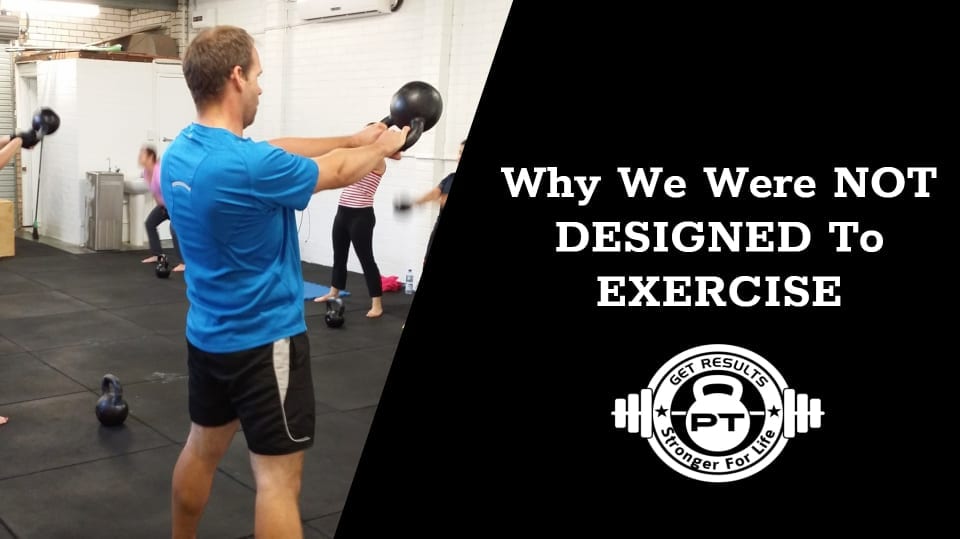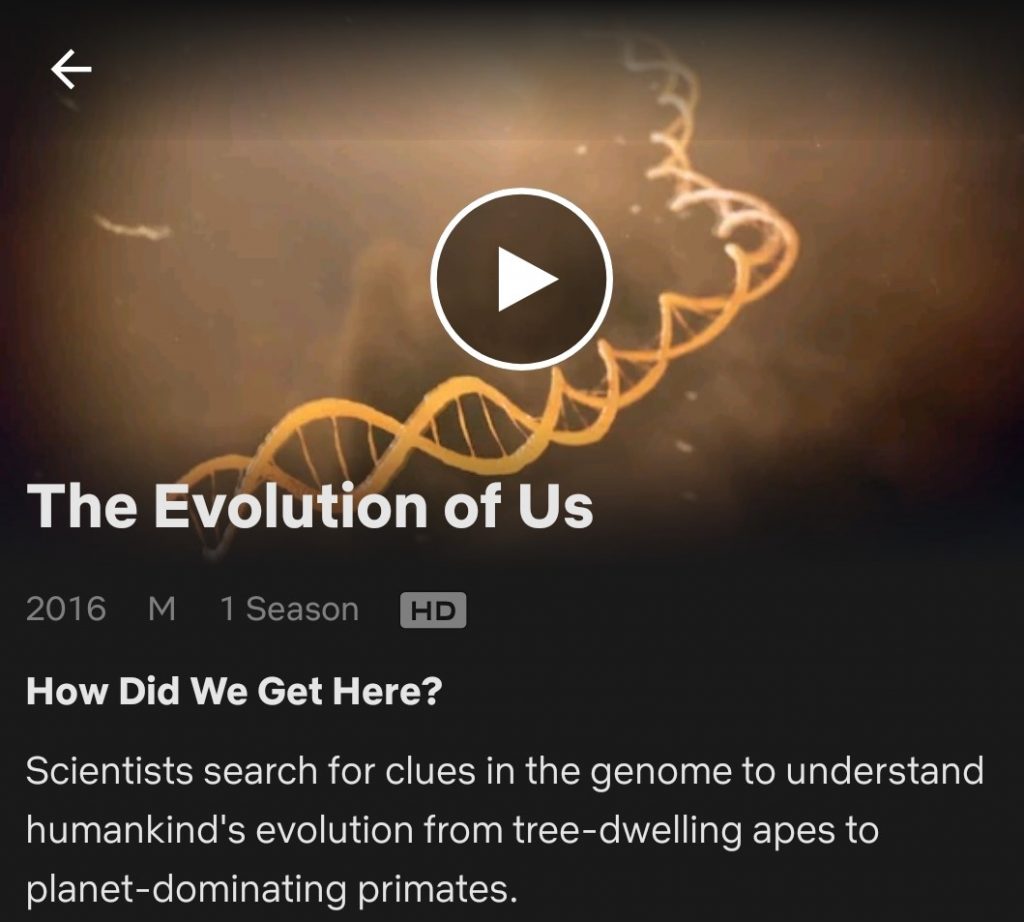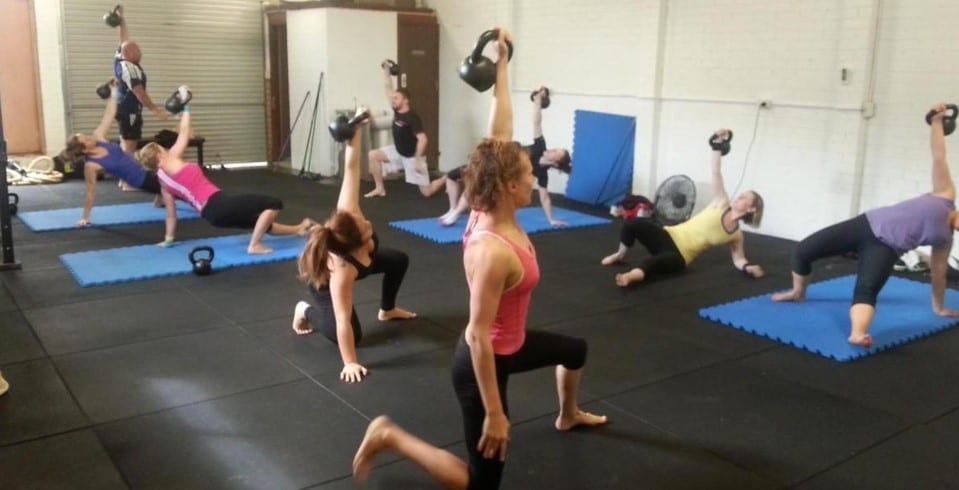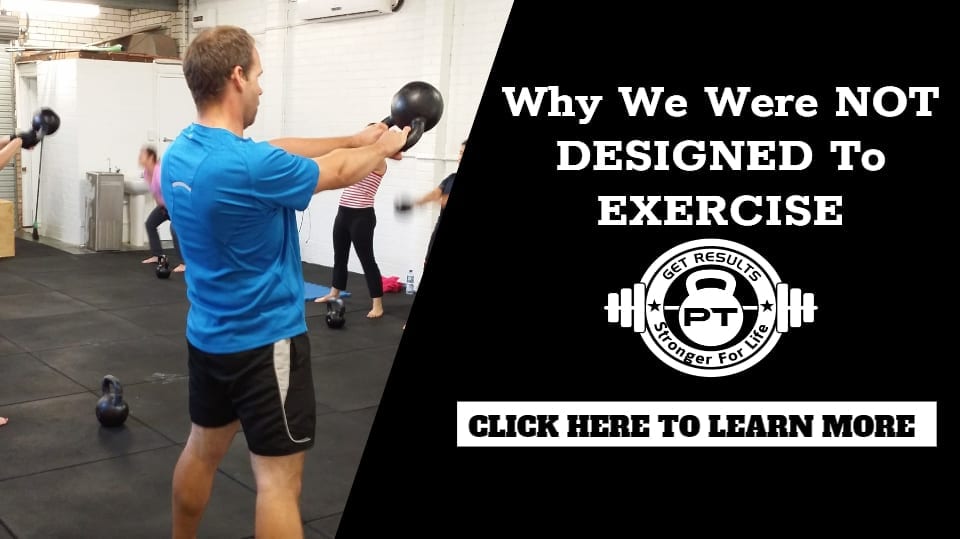
Have you ever wonder why more people are overweight and easily injured when we are now both medically advanced and have more scientific knowledge how to best lose weight and become healthier? It doesn’t make sense. Isn’t it? The trend I can’t help notice in my 17 years of personal training is the vast difference in the people I trained at the start of my career and recently (more use of electronic devices and computer and possibly much more sedentary). The people I trained these days are easily broken and usually in some kind of aches and pain. More people required physiotherapy, chiropractic treatment and surgeries.
Why is that so? That’s the question I asked. Aren’t we more advanced now? Why are we so beat up? Why is obesity still on the rise? Why is it so hard to lose weight and be healthy?

Having watch the Netflix documentary The Evolution of Me, attending movement-based seminars/workshops (Original Strength & Functional Range Conditioning) to reading the book Playing with Movement by Todd Hargrove, I can’t help believe that our body is not designed to exercise. From our hunter gatherers days, we had to crawl, walk, run, sprint, jump, hunt, climb and forage for food for survival. We did not need to exercise. We actually had to move a lot every day for food and maybe this is why we are so hard-wired to go after energy dense food a lot even though these days food are in abundance. Seriously, I was queuing up for some really good Dim Sum for 45 min just last weekend and it was not physical at all to get to my food.
In the Playing with Movement book which is heavily referenced, Hargrove wrote about how Anthropologists found that the hunter gatherers were not having anywhere close to the rate of suffering the chronic illnesses we are suffering as modern day humans. And the current Hadza tribal people (comparable to hunter gatherers) that live in their native ways seems to enjoy good health were found to move about 900 minutes a week that includes 10 to 20, 000 steps a day and most physical exertions are done predominately at low intensity rather than high intensity. Their 65 years old members are able to keep up with the young adults which is not very common in the modern society.
How We Have Evolved

Obviously, what we do now to get our food is vastly different from the hunter gatherers days. Most people these days are busy sitting down for hours at work to get the pay check for their food, accommodation and many other things they like to possess. That is a huge contrast to our hunter gatherers days where we move most of the day just for food or to escape from eaten up by predators. They did not need to exercise. The body is designed to move which consequently keep us healthy.
All those movements (crawl, walk, run, sprint and climb) required for survival back in hunter gatherers days must have allowed us to stay healthy without any structured exercise and not have obesity-related diseases. Having varying movements and constant joint articulation from moving for food could have dramatically reduced the rate of all the joint-related aches and pain common these days. All those joint articulations would have enriched our joints with good amount of nutrients through the healthy flow of synovial fluid reducing the chances of the joints becoming fibrotic as seen in frozen shoulders.
Modern humans such as you and me will have to artificially move in the form of lifting weights in the gym, walk with friends in the park, play sports or do some form fitness classes to mitigate the lack of movement that is causing us our health. I’m pretty sure hunter gatherers did not need to learn or do the Turkish Get-Ups, which is an amazing full-body lift, to help them move better and stay healthy.

Problems With How We Approach Exercise
There is no doubt what we do most today is not natural for our bodies and there is no denying that it is not going to change. We are not likely going to move like hunter gatherers again and the “constraints” we invented for conveniences and pleasures have influenced our behaviors and our choices to move. As a result, our bodies will adapt to what we do most of the times (such as sports you play or profession/career you are in).
So how can we assume we are all equally capable of doing the same given movement task or skills? Or assume we can immediately participate in high intensity fitness regime, start a new sport or restart your sport (after a long break) without straining our poorly conditioned joints from lack of use? If you sit for hours and moving your joints minimally, you can’t expect your joints to be as capable as someone who is a martial art coach grew up spending most of his waking hours practicing his craft that involves huge amount of joint articulations. He used his joints very extensively all the time he gets to keep the movements.
For someone who hardly moved and spent the last 10 to 20 years sitting down doing for work, he will not move as well as a 64 years old man I saw several months ago. Because that man moves a lot working in the ceiling industries which is physically demanding and he practices and teaches Taekwondo on weekends. He can bend over and touch his toes and squat all the way down to the ground with minimal joint restriction in his hips at 6 in the morning with zero warm ups.
How Everyone Should Approach Exercise
Whether or not our body is designed to exercise, there is no doubt that lack of adequate movement is a recipe for broken body. Exercising to prevent the body from going into poor health and improve the functioning that is more ache and pain-free certainly will replace the primitive activities that we used to engage. And instead of approaching exercise as a workout like most people would do to try and lose the most weight possible in shortest amount of time by jumping in and out of 6-week or 8-week High Intensity Interval Training Challenge, it’s far wiser and forward thinking to approach it as a form of training like you would at work or obtaining your academic achievement. You will train your body to be more prepared for more demanding physical task rather than testing how far your body can go before you get an injury. Yes this is two different things. To be tested and being prepared is different. No one ever pass their exam without being adequately prepared before hand.
Why Mobility Training
Quite often, most people get injured from training is due to lack of mobility to move safely and very rarely due to a single incident. It’s usually a buildup stress. And as Hargrove said in his book Playing with Movement, mobility means how well you move near a functional end range of motion. Yes mobility is not flexibility. If you don’t have control at near end range, you will falter and that’s where you will risk injuries. And the order of things is achieve the required mobility before you put your body to the test with whatever exercise or sports you decide to partake.
To prepare your body well, join our new KinStretch Class in Perth .

